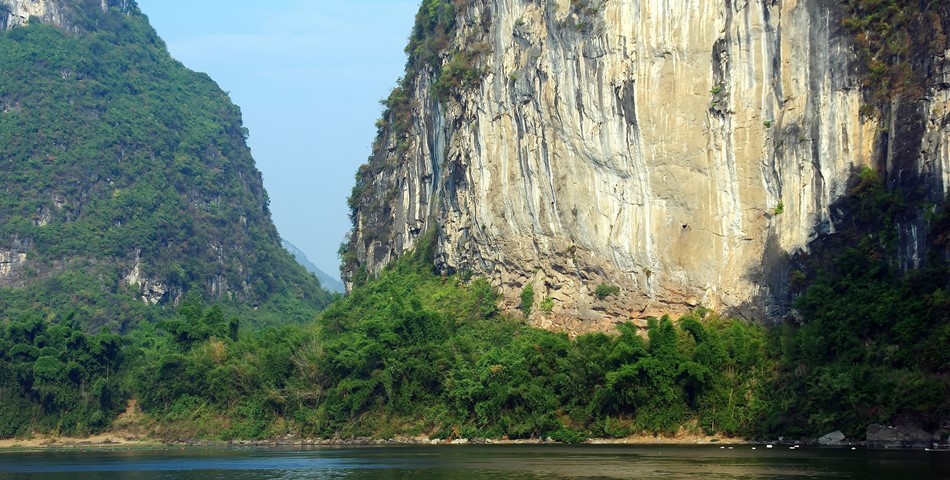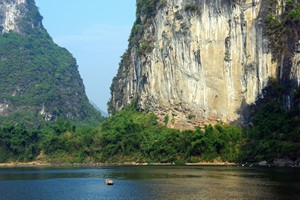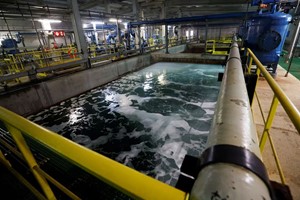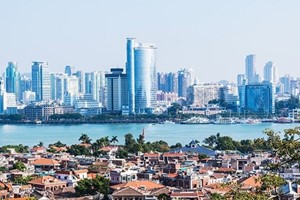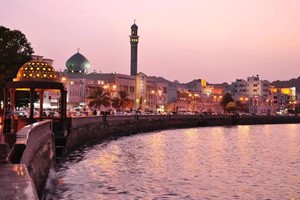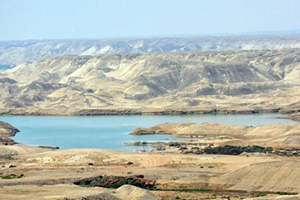PPP is a long-term cooperation between governments and private capital over infrastructure and public services. Usually, private capital is in charge of design, construction, operation and maintenance, whilst governments are in charge of supervising the pricing and quality of the projects. Water plays an important role in infrastructure and public service, and therefore has a close relationship with PPP. Recently-issued PPP promotion policies are listed below:
The China Public Private Partnerships Center (CPPPC) was established by the MoF at the end of 2014 as a platform for policy research, information and communication. It has two broad functions:
Management platform: where financial administrations of the Chinese government are able to apply, review and analyse PPP projects; and
Information platform: where PPP policies, related information and case studies are published.
Recently, the CPPPC just released the fourth quarter report for 2016. It shows that the number of projects included in the PPP library has reached 10,471, with a total investment of USD1.81 trillion. The landing rate for all projects is 26 percent as of the end of September 2016. The landing rate is an index to evaluate the implementation of PPP projects. Out of all the PPP projects, around 33.5 percent are water-related. These have a total investment of USD0.42 trillion, accounting for 23.2 percent of the total investment.
/


Wastewater treatment projects, supply projects and pipeline network are the top 3 sectors in terms of number, respectively accounting for 25 percent, 14.3 percent and 12.2 percent.
While for investment, pipeline network attracts the most investment, followed by environmental protection and wastewater treatment, respectively accounting for 22.5 percent, 14.4 percent, and 8.3 percent of the total investment in water-related projects.
Growth of water-related PPP projects from 2002 to 2016
Water-related projects started to appear in 2002 but boomed in 2015. The number of projects initiated by the governments in 2015 was about 5 times higher than the total number in the last 10 years, while investment was about 6 times higher. Since there are only 31 projects in total from 2002 to 2011, the following analysis starts from 2012 to 30 September 2016.
PPP projects on sponge cities started to appear in 2015 and increased a little in 2016. In contrast, both the number and investment of wastewater projects have declined in 2015 and 2016; and other projects include flood control, drainage, hydraulic engineering, irrigation and others. Despite the large number of PPP projects, most of the projects are still only in the recognition phase with only 946 projects are in execution phase. Xiaoxia Sun, a director of the MoF, pointed out 4 challenges in the promotion of PPP including policies and regulations that need to be perfected; current exit scheme for private capital needs to be improved; and Lack of professionals and experience.
For some PPP projects like hydraulic engineering and water supply, low profitability, mid-term and long-term risks may hold back the participation of private capital. E.g., some water supply projects need 10 years to recover costs while others may face regulation/policy change in future.



